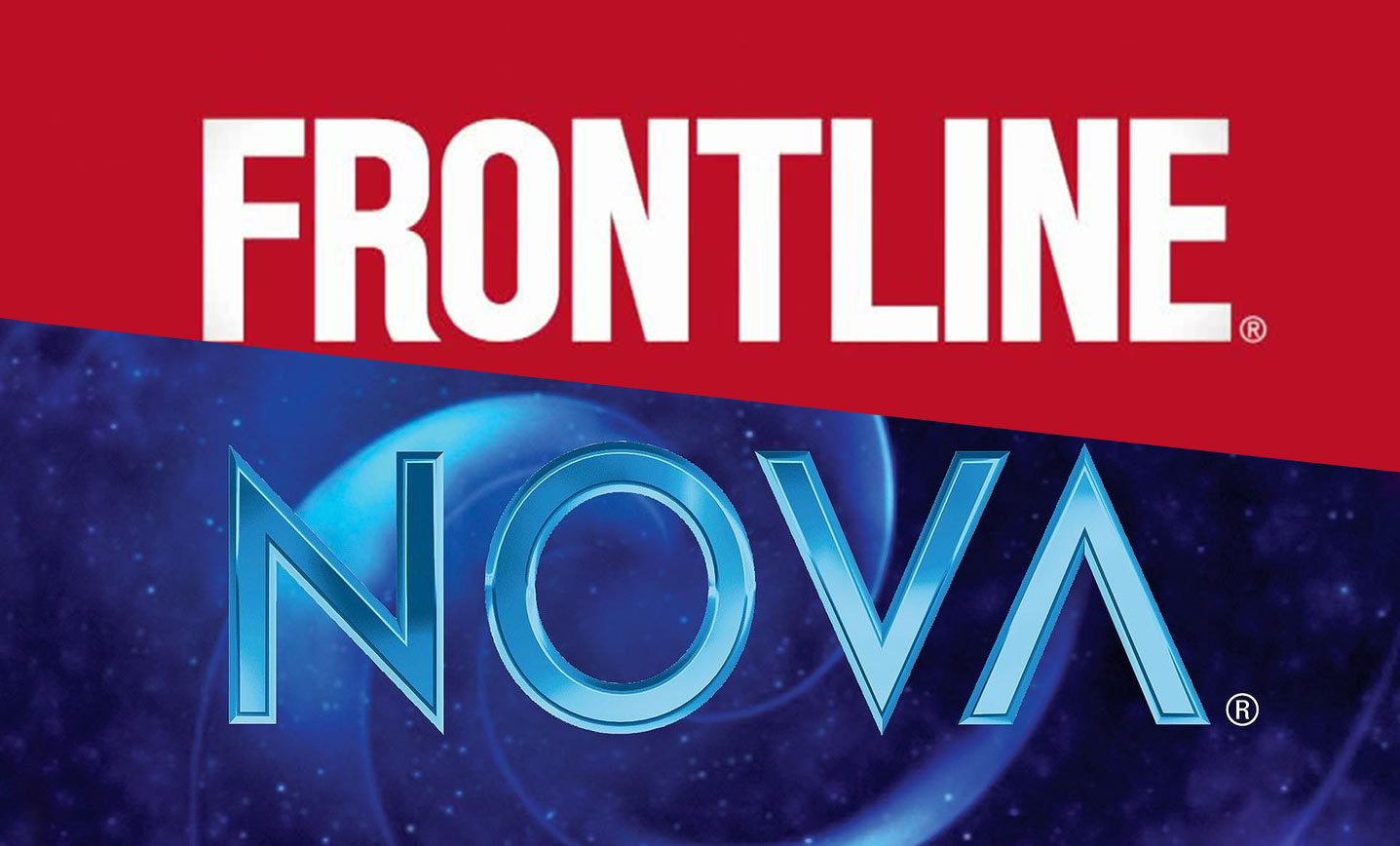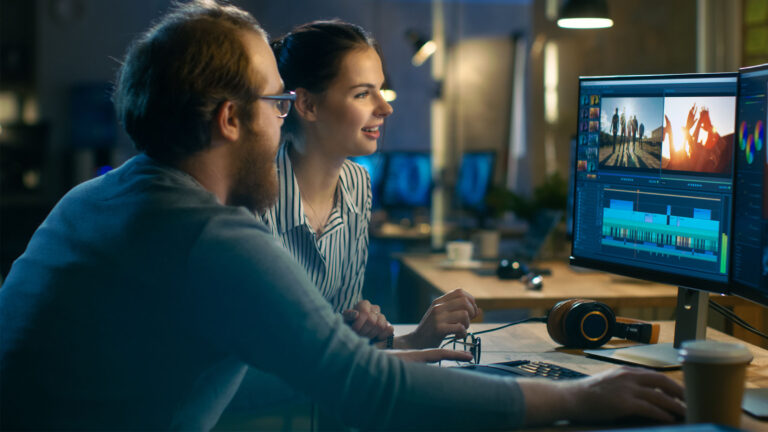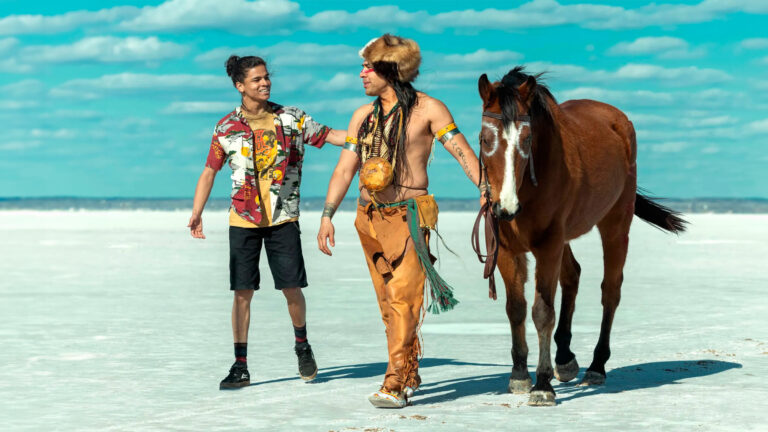As filmmakers we’re all storytellers — trying to tell stories we hope will make an impact on the world.
But in the age of fake news, ‘truthyism’, and one-sided agenda-driven journalism, how can we craft compelling stories with integrity, that people will actually want to watch?
That’s the question I put to veteran FRONTLINE editor Steve Audette, ACE, one rainy night in a hotel bar in London, while we sipped over-priced bottled water.
(For our international audience, FRONTLINE is a multi-Emmy-Award-winning documentary series by PBS in the US).
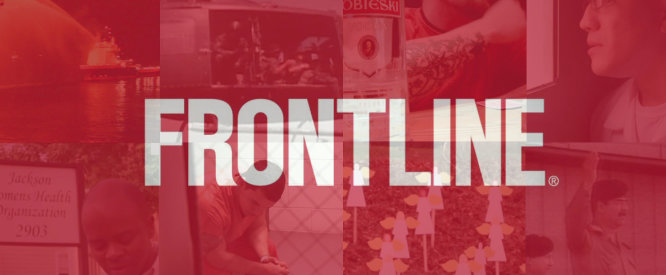
“I think it basically boils down to this’ Steve says, “‘If I say ‘A’, will the opposition agree with me or will they say ‘B’? And if they’re going to say ‘B’, how do I say ‘A’ in a way that respects and reflects that position.
The fear is that if you do reflect both sides in your cut, the importance of the film will be diminished; but that only happens if the story itself is flawed. A good story always has both a protagonist and an antagonist.”
Steve knows what he’s talking about. In the past 20 years he has cut over 160 shows during his tenure as FRONTLINE editor (he most recently was nominated for the ACE’s coveted “Eddie Award” for FRONTLINE’S “The Choice 2016”). He has also cut for NOVA and NOVA ScienceNow.
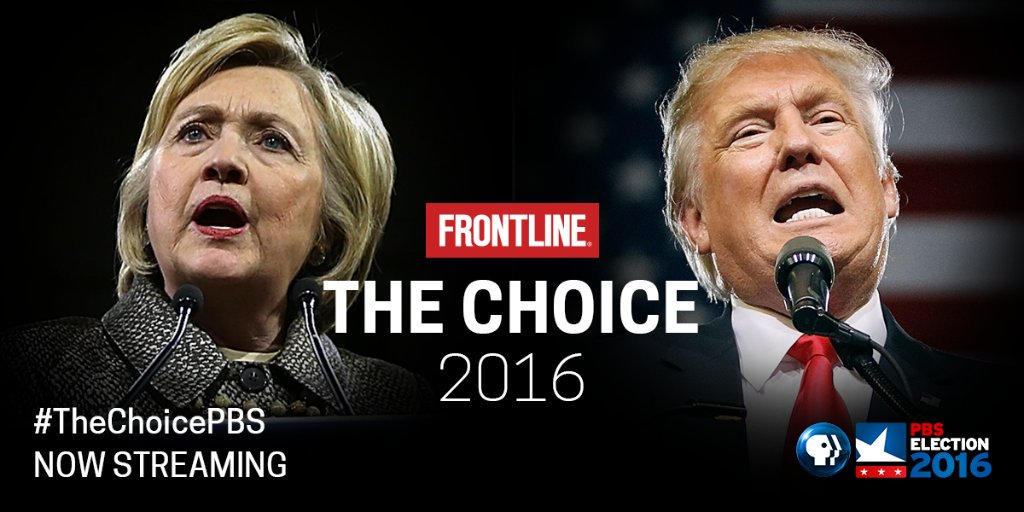
Why Documentary Matters Now, More than Ever
For Steve, there’s never been a better time to work on hard-hitting documentaries that pull in big viewing figures, whilst tackling some of the most important subject matters of the day. Topics like whether the FBI could have prevented 9/11; to high school mass shootings; to Trump’s road to the White House.

“There’s a huge opportunity in documentary right now, because people really want to know what’s going on in this confusing world we live in, and they’re looking for somebody to come along and say:
‘Here! Here it is laid out in a simple way, in an hour and a half max, and afterwards you’re going to know everything you need to know, to go to the water cooler tomorrow and be the smartest person in the room. And you’re going to feel so smart because you will know both sides of the story.’
If you can do that, about any subject, then you’re going to be a hero. People are going to flock to it. It’s like ‘if you build it, they will come’.”
Re-editing Someone Else’s Documentary
I was able to chat with Steve face-to-face in London because he happened to be here to work on a new film that covers what happens to the Sunni people in towns in Iraq, after ISIS is pushed out and the Shia militias come in. It was originally cut for the UK’s Channel 4, and Steve was adapting it into more of a FRONTLINE style documentary.

“It’s a very, very interesting documentary called Iraq Uncovered. Fantastic reporter on the ground, Ramita Navai. Fearless. And she is just amazing; and she gets great access just by being persistent. Gentle, but persistent. But the thing is, the doc currently relies too heavily on the experience of the reporter and the team in Iraq.”
Whereas some documentaries follow a ‘hero’s journey’ narrative, sticking close to the personal experiences and opinions of the narrator, FRONTLINE prefers to present two opposing forces in conflict, and allow the viewer to make up their own mind, based on the kind of A and B storytelling Steve explained to me earlier.
When I asked if Steve was here to ‘fix’ the documentary, he quickly corrected my choice of words.
“I don’t really like the word ‘fix’ because what I’m here to do is to bring the documentary to the finish line. I like to think of myself more as a closer.

“I don’t know if they have that in British sports, but in baseball there’s always a guy who’s the final pitcher they bring in at the end of the game, just to throw three strikes to close the game down right there as fast as possible. I think that’s really what I am.
“I’m just coming in to bring my experience to a film that’s pretty good already. It’s just that it doesn’t tick some boxes that the executives back home want to see. They’re not here and they know that they can communicate those to me and then I can go in there and get them, most often with the help of a senior producer. It’s usually a team effort.”
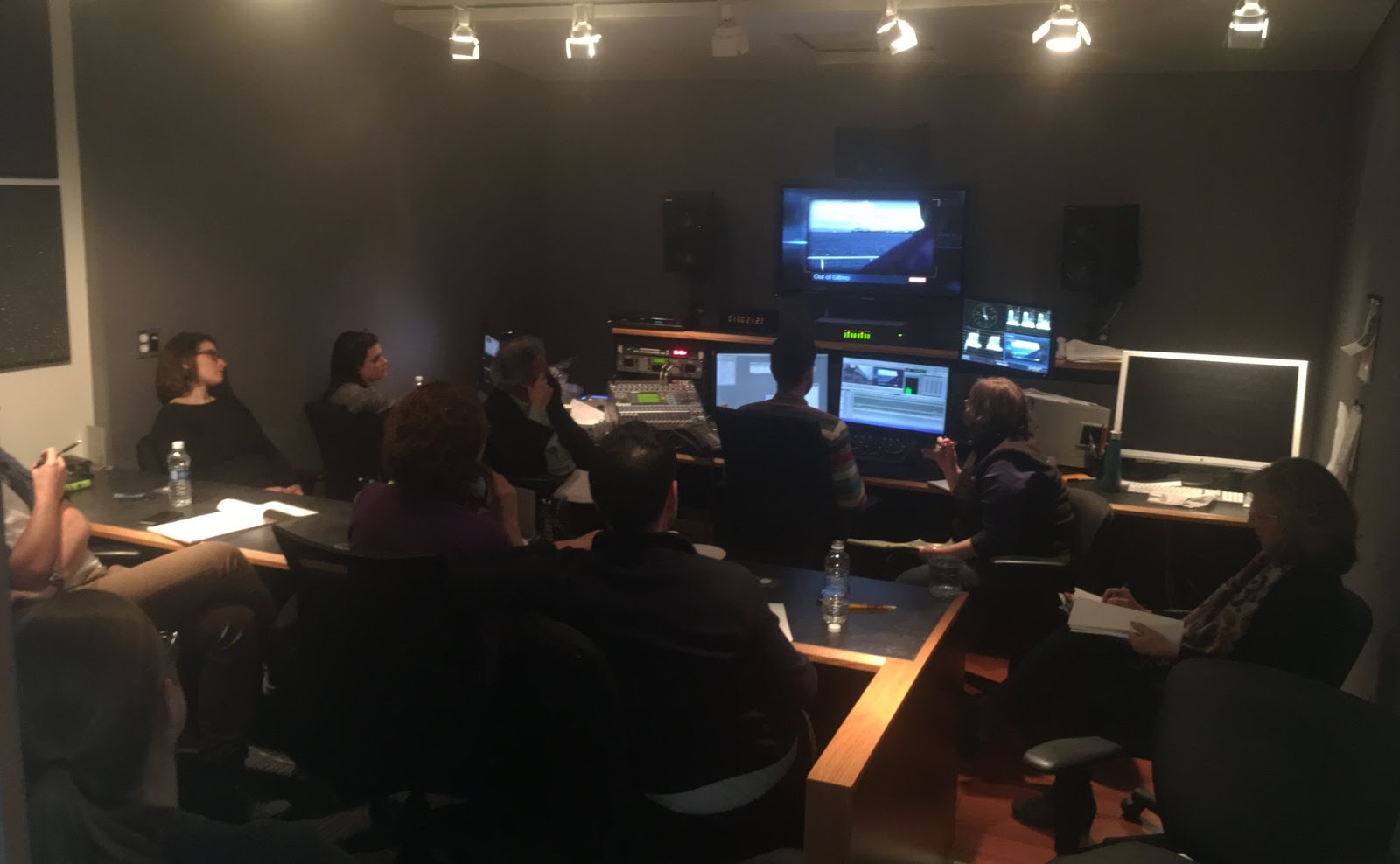
Making Something from Almost Nothing
When I asked him how that looks in reality, he described an interesting challenge inherent to re-cutting an existing documentary; that of having to create new scenes from almost nothing, to cover additional narration or commentary.
“The more narration there is, the more pictures you need to cover it. And this is where it really gets tricky as an editor. You want to make sure those pictures build in a sequence; that they aren’t just a wallpaper series of pictures.
“It’s got to be a series of shots that tell visually a little story in themselves. That story has to somehow metaphysically relate to the commentary that’s going underneath it.
“I try to find the right motion in the shots and I try to create a visual puzzle that is based on the beats of the commentary, so that certain parts of the visuals become an abstract representation of that part of the conflict. It’s not as easy as it sounds, unless you’ve done it a bunch of times and you are facile with the idea of how pictures can tell stories.”
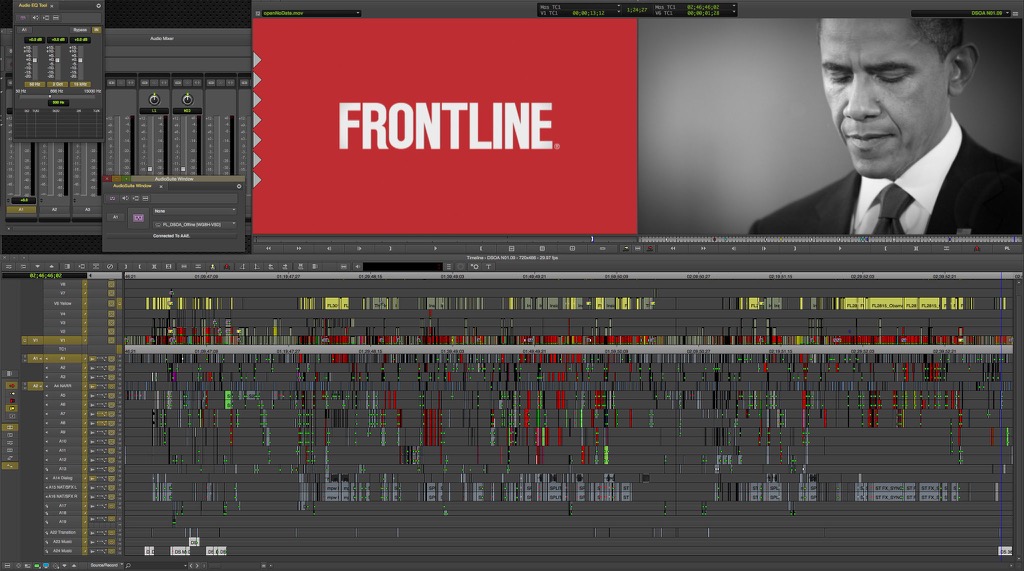
The idea of having to trawl through hours of someone else’s footage trying to find the right shot, all under the pressure of deadline, doesn’t sound like fun. Luckily for Steve, we ‘Brits’ seem to be doing something to help.
“One of the great things that seems common with British editors, which I don’t do myself,” Steve tells me, “is they make these string outs of b-roll. They build huge timelines of [b-roll]. I never do that. I’m always looking in the bins up and down vertically with little icons. Different approach but I’m liking this idea.
“But it takes a good while to get good at it”, Steve assures me.
Keep the Audience Engaged
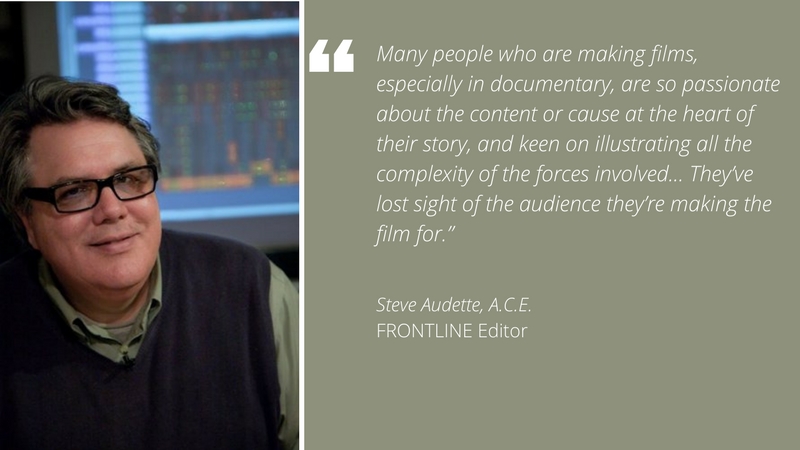
Having two opposing forces colliding is a theme central in much of the work Steve has done on the highly respected FRONTLINE documentary films. It’s also central to how he approaches the craft of editing itself.
He likes there to be ambiguity and clarity in a scene, conflict and pathos, and he’s continuously seeking to build his career through what he calls “preparation meets opportunity.”
As an editor 10 years into my own career, I had first encountered Steve’s teaching on documentary when I stumbled across this superb masterclass he delivered back in 2009, to the production staff of PBS’s Nova.
One of the quotes from Steve’s lecture that has stayed with me to this day, was this pithy axiom.
“The mind cannot absorb what the butt cannot endure.”
It’s all very well seeking to make a documentary worthy of making a ‘dent in the universe’, but that’s never going to happen if you can’t make it engaging enough to find traction with an audience.
I quoted Steve back to Steve, to find out how he puts this wisdom into action.
“The idea behind the quote, which I stole by the way,” Steve confesses, “from a Boston editor, is really about the editor’s mission to represent and to be the advocate for the audience.
“Many people who are making films, especially in documentary, are so passionate about the content or cause at the heart of their story, and keen on illustrating all the complexity of the forces involved, or the details of the journey that the person went on, that they lose perspective. They’ve lost sight of the audience they’re making the film for.
“So when the doc is going down too far into the weeds on something, you know as the editor, that the viewer is going to start hearing the refrigerator talking to them; or is going switch over and watch something else.
“You don’t want documentaries to be medicine but you also don’t want to be frivolous. You want to try to find a way that you can take the elements of entertainment with changes in emotion and pace and work them into the narrative of your documentary, but in a way where the journalism is as rock solid as anything that comes from The Wall Street Journal or New York Times.”
In my own experience, especially in dealing with corporate clients, they don’t always see shorter as better. More often than not they want to include every detail they possibly can because they think ‘more is more’. It often feels like a battle to make it viewable for the audience. Steve agreed.
“All films can be cut down. I once was fortunate enough to cut down a Ken Burns series on the Roosevelts from 16 to 8 hours for the foreign market. Wow, was that tough! Burns is one hell of a filmmaker. Toughest cut down I ever did, but it could be done and it turned out very well.

“So part of the editor’s job is to say: ‘Let’s also figure out a way to make it entertaining and informative. And not so quite long!’ ”
Chatting with Steve was both informative and inspiring. Even after thirty plus years of editing, he’s still as passionate and dedicated to his craft as when he started, if not more so. His enthusiasm for compelling storytelling and dedication to rock-solid journalism is infectious, but it also reminds me that as filmmakers, we have the ability, and even the responsibility, to share the stories that need to be told in a meaningful and truthful way.

